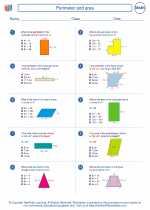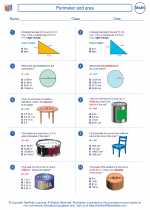Trigonometric Functions
The three primary trigonometric functions are sine, cosine, and tangent. These functions are defined based on the ratios of the sides of a right-angled triangle.
Sine Function
The sine of an angle in a right-angled triangle is defined as the ratio of the length of the side opposite the angle to the length of the hypotenuse.
sin(θ) = Opposite side / Hypotenuse
Cosine Function
The cosine of an angle in a right-angled triangle is defined as the ratio of the length of the side adjacent to the angle to the length of the hypotenuse.
cos(θ) = Adjacent side / Hypotenuse
Tangent Function
The tangent of an angle in a right-angled triangle is defined as the ratio of the length of the side opposite the angle to the length of the side adjacent to the angle.
tan(θ) = Opposite side / Adjacent side
Trigonometric Identities
Trigonometric identities are equations that are true for all values of the variables within their domains. Some common trigonometric identities include Pythagorean and Reciprocal identities.
Pythagorean Identities
- sin^2(θ) + cos^2(θ) = 1
- 1 + tan^2(θ) = sec^2(θ)
- 1 + cot^2(θ) = csc^2(θ)
Reciprocal Identities
- csc(θ) = 1/sin(θ)
- sec(θ) = 1/cos(θ)
- cot(θ) = 1/tan(θ)
Trigonometric Functions and Graphs
The trigonometric functions can also be represented graphically. The sine and cosine functions, for example, produce periodic wave-like graphs. The amplitude, period, and phase shift of these functions can be analyzed to understand their behavior.
Study Guide
.◂Math Worksheets and Study Guides Eighth Grade. Perimeter and area

 Worksheet/Answer key
Worksheet/Answer key
 Worksheet/Answer key
Worksheet/Answer key
 Worksheet/Answer key
Worksheet/Answer key
 Worksheet/Answer key
Worksheet/Answer key
